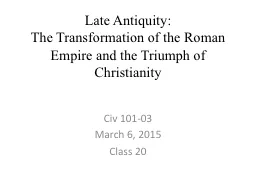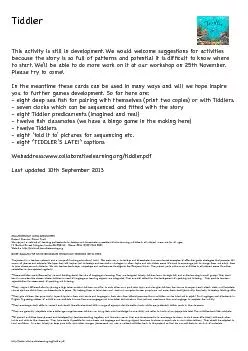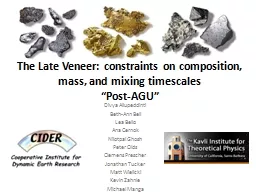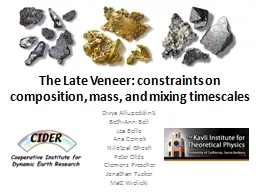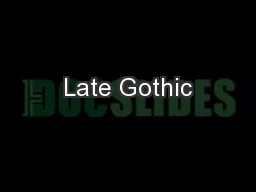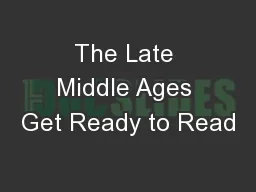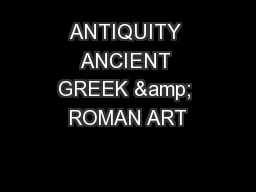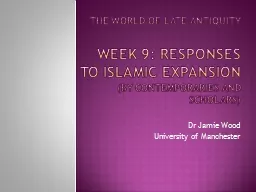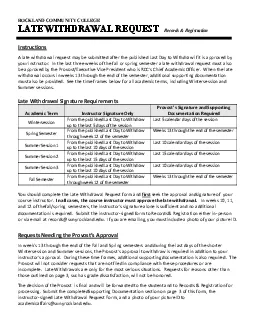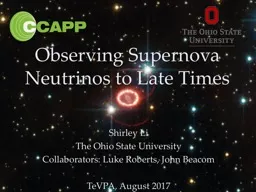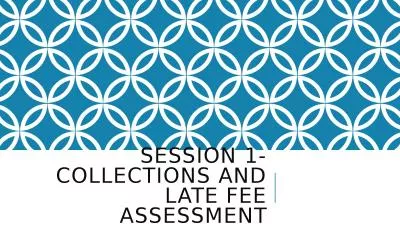PPT-Late Antiquity:
Author : luanne-stotts | Published Date : 2018-01-20
The Transformation of the Roman Empire and the Triumph of Christianity Civ 10103 March 6 2015 Class 20 The Legacy of Late Antiquity The Division of the Empire into
Presentation Embed Code
Download Presentation
Download Presentation The PPT/PDF document "Late Antiquity:" is the property of its rightful owner. Permission is granted to download and print the materials on this website for personal, non-commercial use only, and to display it on your personal computer provided you do not modify the materials and that you retain all copyright notices contained in the materials. By downloading content from our website, you accept the terms of this agreement.
Late Antiquity:: Transcript
Download Rules Of Document
"Late Antiquity:"The content belongs to its owner. You may download and print it for personal use, without modification, and keep all copyright notices. By downloading, you agree to these terms.
Related Documents

